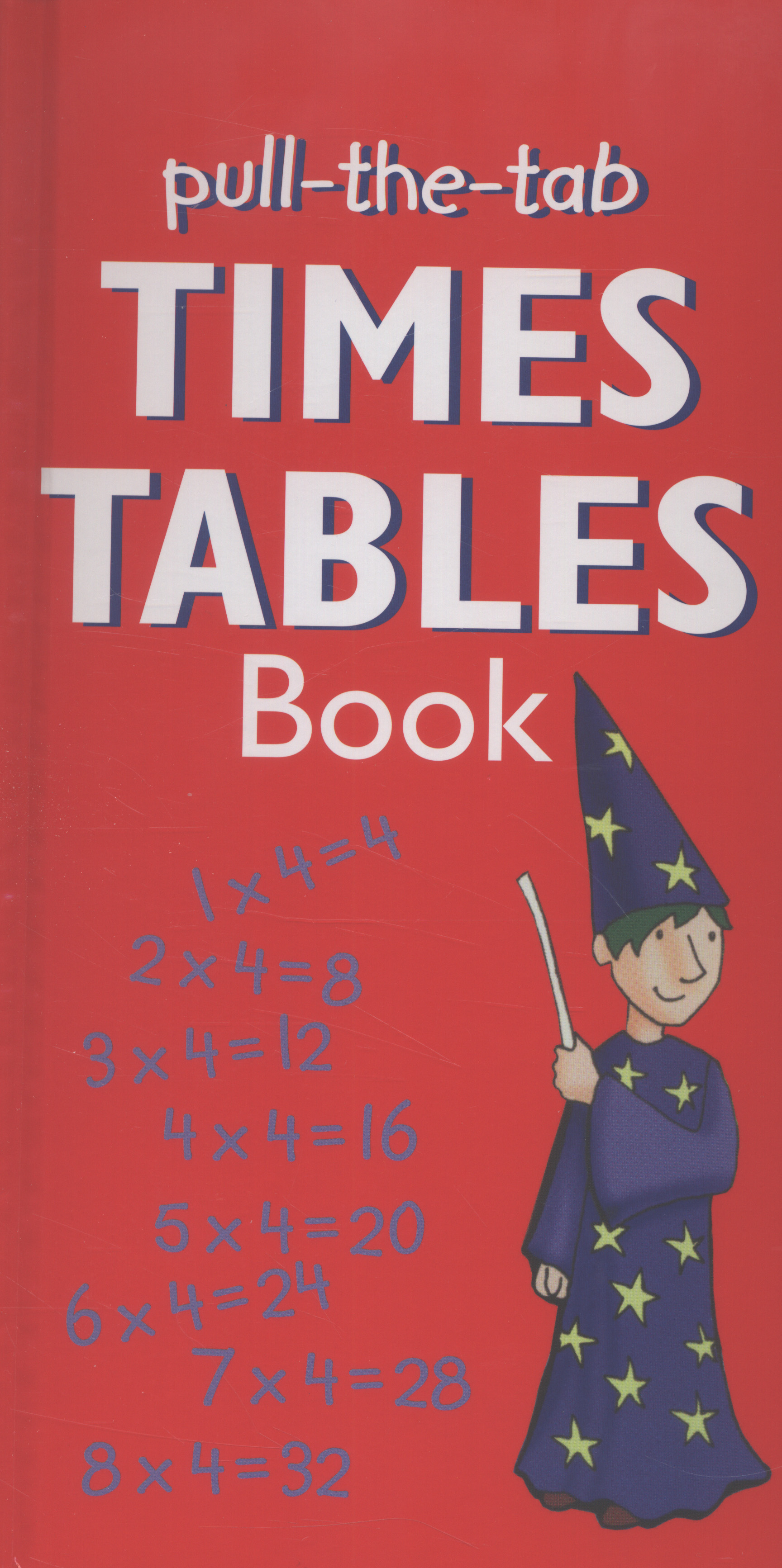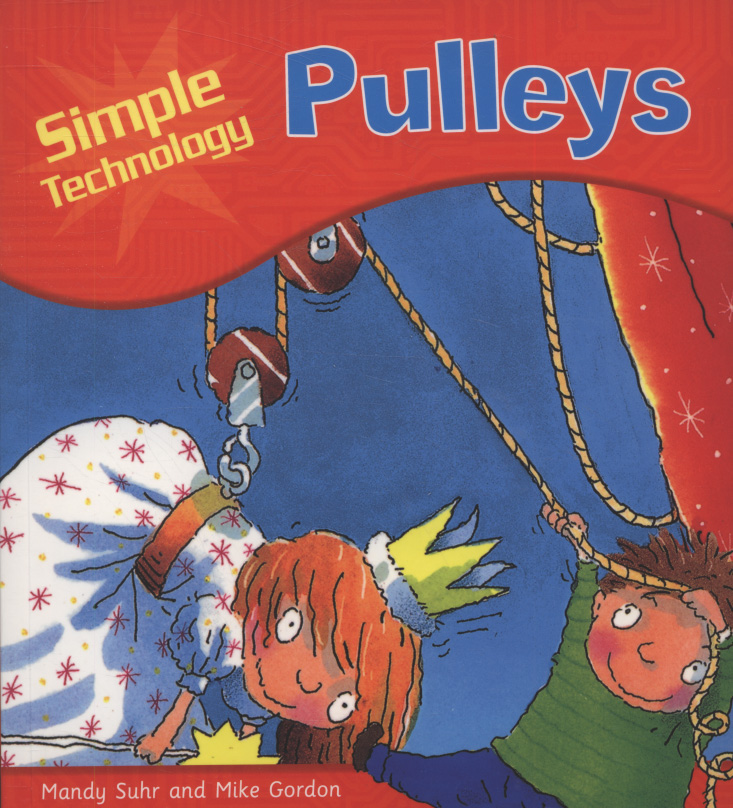Resources

Most children find it hard learning their times tables. This colourful pull-the-tab times table book makes it really fun.

How can a pulley help you to lift a heavy weight? Why are two pulley wheels better than one? Full simple experiments help you find the answers to these questions.
With its winning combination of child-friendly, easy-to-read text, humorous illustrations and simple experiments, Simple Science: Pulleys makes learning about a basic technology concept fun.
Pulleys - forces in equilibrium
This video demonstrates an experiment that uses equilibrium equations to find an unknown mass. The video includes details of the equipment required as well as the method, calculations and principles involved.
Pulleys - forces in motion
This video and accompanying teacher notes explore how constant acceleration equations can be used to make predictions. The video includes details of the equipment and set up required, the principles and calculations involved as well as applications of the equations used.
Pulp to paper (in forces and recycling)
Pulp to paper is activity 5 in the resource booklet Forces and Recycling. Children pulp newspaper and use it to make a sheet of recycled paper.
This item is one of over 25,000 physical resources available from the Resources Collection. The Archive Collection covers over 50 years of curriculum development in the STEM subjects. The Contemporary Collection includes the latest publications from UK educational publishers.
Pulse Oximeters
This resource from the Institute of Physics (IOP), describes how light can be used in pulse oximetry to measure pulse rate and oxygen levels in the body. The video, taken from an IOP Schools and Colleges lecture, describes how shining red and infra-red light through the body can be used to measure pulse rate and...
Pumpkin
Ideal for a Halloween-themed coding lesson! Using sparkles to mirror a candle in a pumpkin – can you make it flicker or only come on once it’s dark?
